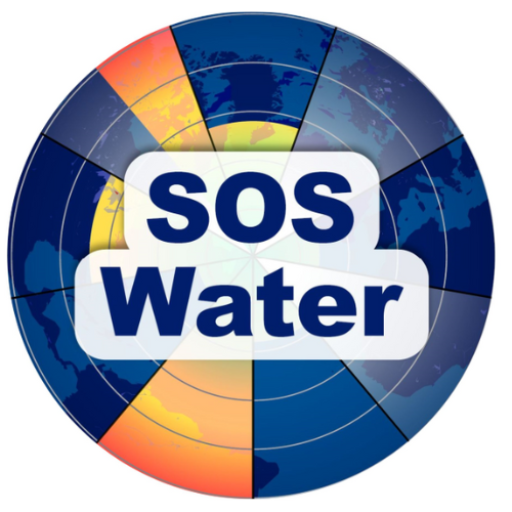Work Package 5: Indicators and Thresholds
The overarching goal of WP5 is to develop both methodologically and practically, through application to the different case studies, the concept of Safe Operating Space (SOS) as a multidimensional space of policies evaluated across a broad set of scenarios and management pathways, and with respect to the set of indicators identified in WP4 using the IWMS developed in WP2. WP5 includes 4 tasks.
The objectives include:
-
Design the Concept of SOS: Develop a comprehensive definition and framework for SOS.
- Test and Evaluate SOS: Apply and assess the SOS at different spatial scales and case studies.
- Explore Uncertainties: Identify and analyze the multiple sources of uncertainty affecting the SOS.
- Identify Robust Policies: Determine robust policies and main vulnerabilities.
- Develop Visualization Tools: Create tools to support the visualization and understanding of SOS, facilitating its uptake by stakeholders.

Explanatory video for Work Package 5 with WP-leader Andrea Castelletti from Politecnico di Milano in Italy
Task 5.1: SOS Evaluation (M9-M36)
-
Lead: POLIMI
-
Participants: IIASA, NIVA, UU, UPV, FVB-IGB, EAWAG, GeoEcoMar, SIWRP
-
Description: This task involves numerically populating the water system SOS using the multiple indicators formulated in WP4 across various future climate and socio-economic scenarios and management pathways produced in T1.2. The evaluation framework integrates the IWMS from WP2 with the indicators from WP4. The SOS will first be computed for baseline conditions representing the current status quo, and then for a range of indicators, scenarios, and alternative management pathways, producing a multi-dimensional SOS for each scenario. The preliminary failure thresholds identified in T4.2 will be updated based on the information generated in this task. The outcomes feed into Deliverables D5.1-5.2.
Task 5.2: Analysis and Synthesis of SOS (M13-M48)
-
Lead: IIASA
-
Participants: UU, UPV, POLIMI, GeoEcoMar, SIWRP
-
Description: This task analyzes the multi-dimensional SOS produced in T5.1, addressing the challenges of multiple policies, scenarios, and indicators. It includes developing visualization tools to explore the SOS, combining multi-dimensional visualization techniques with narrative methods for collective sensemaking to effectively communicate results to stakeholders and policymakers. This will support the definition of “storylines” that consider climate and socio-economic conditions, specifying those that generate performance failures. The outcomes feed into Deliverables D5.3 and D5.5.
Task 5.3: Uncertainty and Robustness Analysis (M25-M44)
-
Lead: POLIMI
-
Participants: UPV, FVB-IGB, EAWAG
-
Description: This task investigates the propagation of uncertainties from models and scenarios into the SOS indicators, analyzing their spatial and temporal variability. It also addresses behavioral uncertainty related to simulating future human decisions and policymakers’ risk aversion and perception in assessing indicators and failure thresholds. The outcomes feed into Deliverable D5.4.
Task 5.4: Reconciling SOS Across Scales (M30-M48)
-
Lead: IIASA
-
Participants: UU, UPV, POLIMI
-
Description: This task investigates discrepancies in evaluating the SOS at different spatial scales (local, regional, river basin, national, transboundary) and resolutions. It identifies gaps and reconciles global indicators with local perspectives for a better understanding of system vulnerabilities. This includes assessing the significance of processes and indicators across scales to generalize locally optimized SOS frameworks to larger scales, providing guidelines for implementing SOS in other basins and scales. The outcomes feed into Deliverable D5.5.








Keep In Touch